Children’s books hold a special place in our hearts. The genre offers endless creative opportunities for authors and illustrators to delight readers young and old.
In this special guest post Juliet O’Conor, our Children’s Research Librarian – best job ever – takes us through highlights from our collection, revealing a short history of children’s books in the process.
The Library’s Children’s Literature Collection includes 100,000 children’s books from Australia and overseas. Published between the 16th and 21st centuries, the books reflect patterns of childhood reading over a period of 500 years.
The oldest books for children held are educational books without illustrations and austere compared to children’s books today. Puritans including James Janeway and Isaac Watts produced educational tracts for children that delivered lessons with religious and moral agendas. Janeway’s most popular book was A token for children (1671), with personal accounts of the religious conversion of children in the author’s care. Watts’ The New England primer was the most influential 17th-century book to contain the alphabet and other lessons for children.
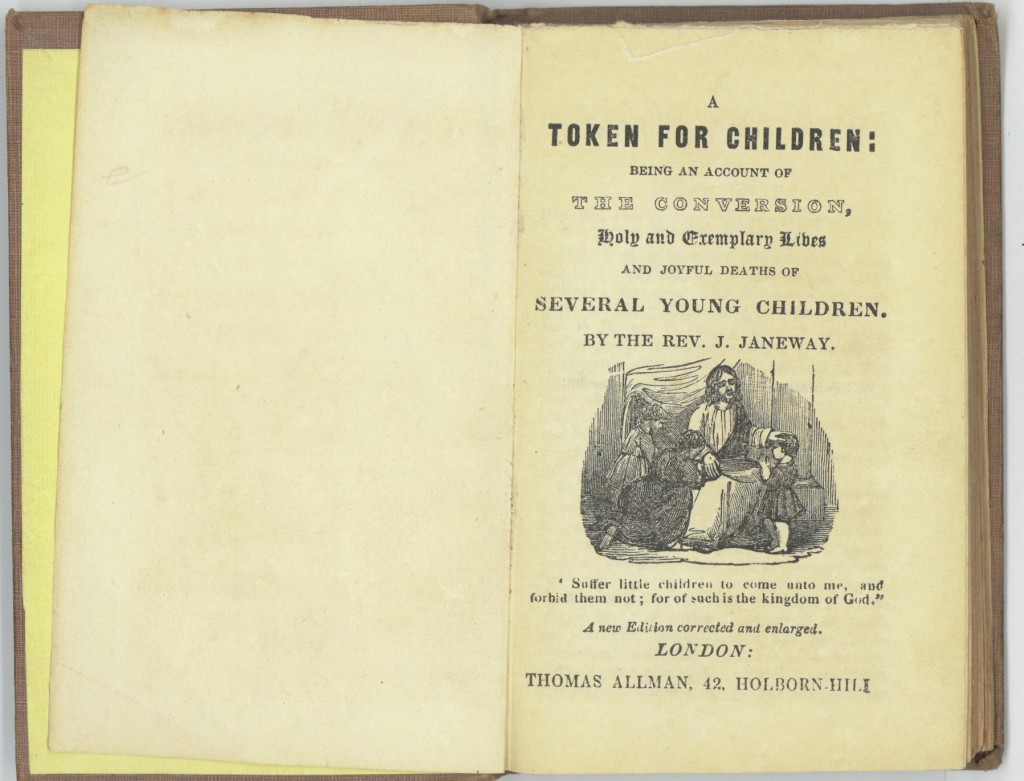 James Janeway, A token for children, 19th century
James Janeway, A token for children, 19th century
In 1784 Cobwebs to catch flies by Eleanor Fenn was one of the first illustrated graduated readers for children written in a conversational way. It was meant to reflect children’s speech on subjects such as toys, pets and games.
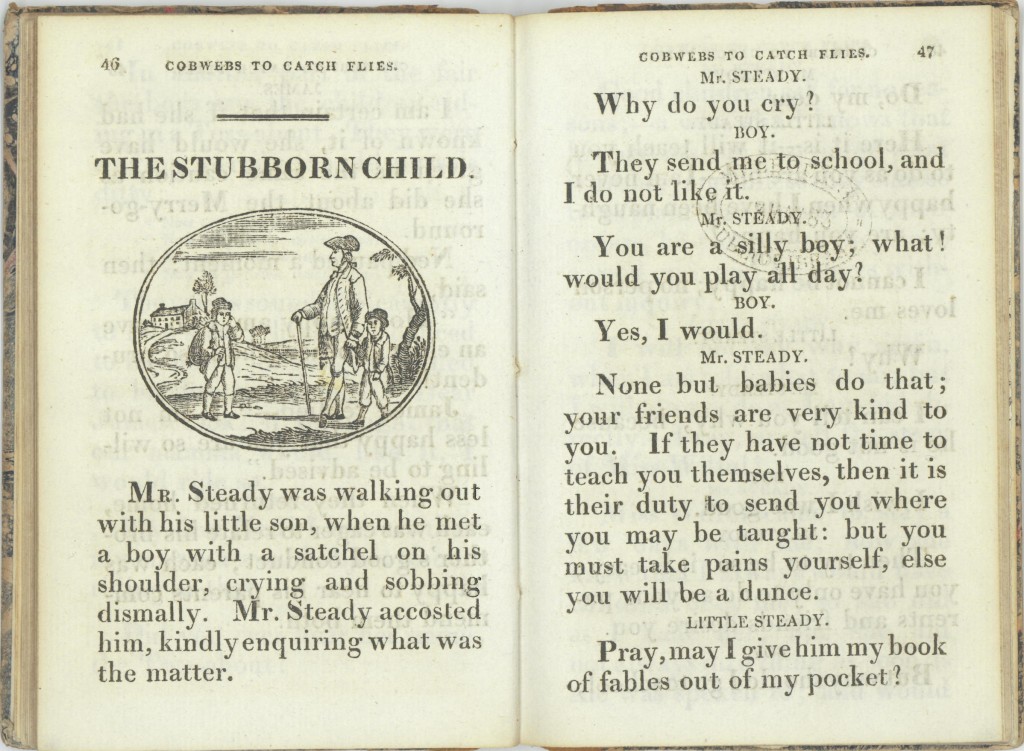 Eleanor Fenn, Cobwebs to catch flies, 1890
Eleanor Fenn, Cobwebs to catch flies, 1890
The earliest form of alphabet book in English speaking countries is thought to be the Horn Book. The first recorded use of Horn Books was traced to 1450 by Andrew Tuer, a 19th-century printer and publisher. Shaped like a paddle held in a child’s hand, it had a paper lesson sheet covered with a piece of transparent horn and held in place by narrow brass strips tacked through the horn to the wood.
 Andrew Tuer, History of the Horn Book, 1896
Andrew Tuer, History of the Horn Book, 1896
The two most influential 19th-century English authors of children’s books were Edward Lear with his nonsense verse and Lewis Carroll with his ‘Alice’ books. Everyone knows Lear’s famous verse ‘The owl and the pussycat’ but he also achieved fame as a lithographer and zoological illustrator, landscape artist, author and illustrator of numerous travel journals. Between 1832 and 1836 Lear was invited to draw the animals in the Knowsley Estate menagerie. There he became a favourite with Lord Stanley’s grandchildren and for them he created his first Book of nonsense (1846). Lear’s nonsense drawings are loose, imaginative and delightfully childlike, while his natural history paintings are detailed and realistic.
 Edward Lear, The book of nonsense and more nonsense, 1919
Edward Lear, The book of nonsense and more nonsense, 1919
In 1865 the publication of Alice’s adventures in Wonderland became a turning point in fiction for children. It revealed a change from encouraging good behaviour, to irreverence where characters do outrageous and unpredictable things. Alice’s adventures in Wonderland is a wild game of cards with assertive, contrary characters, and the sequel Through the looking-glass and what Alice found there, set on a chess board, brought imaginative freedom and unpredictability to children’s fiction.
 Lewis Carroll, Alice’s adventures in Wonderland, 1872
Lewis Carroll, Alice’s adventures in Wonderland, 1872
In the 19th century storybooks began to balance words and pictures. Toy Books, as they became known, were largely the creation of the British master printer, Edmund Evans, who commissioned three great illustrators to exploit their possibilities: the decorative Walter Crane; the humorous Randolph Caldecott; and the appealing Kate Greenaway. In Australia the brothers William and Samuel Calvert brought the Toy Book techniques to Melbourne, and produced an Australian version of the nursery rhyme ‘The house that Jack built’.
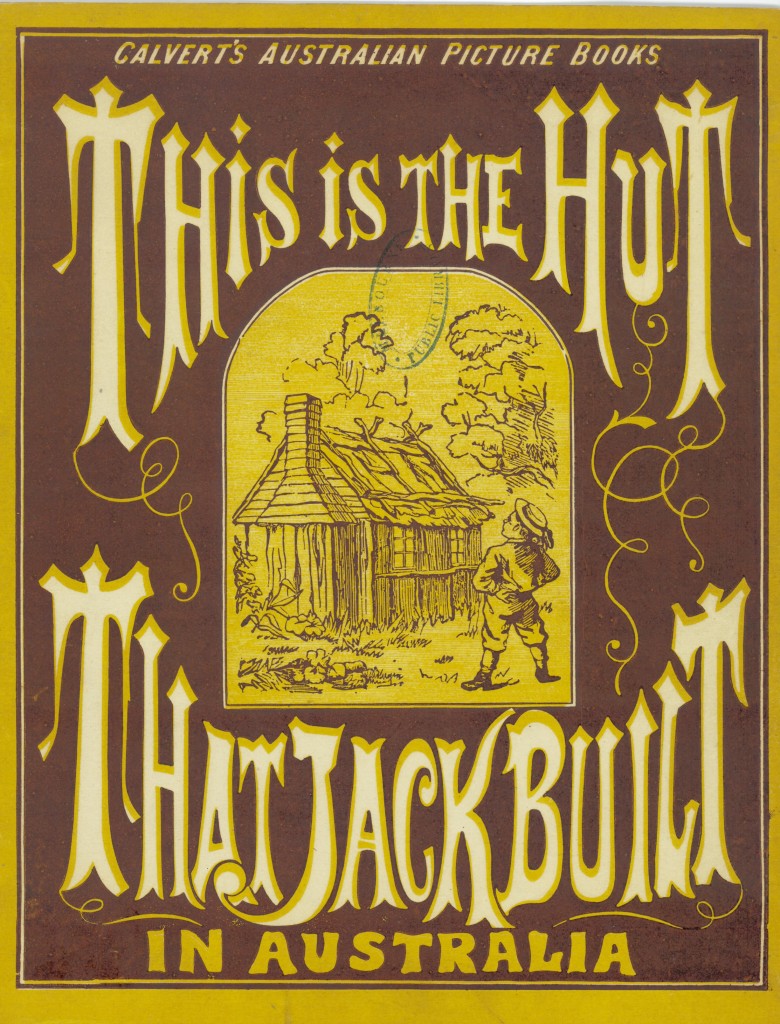 William and Samuel Calvert, This is the hut that Jack built in Australia, 1871
William and Samuel Calvert, This is the hut that Jack built in Australia, 1871
At the turn of the 20th century some Australian and English publishers produced sumptuous children’s books known as Gift Books to showcase the skill of artists such as Ida Rentoul Outhwaite, Arthur Rackham and Edmund Dulac. In Aesop’s fables Arthur Rackham draws inspiration from an English world in his landscape and architectural settings. Sindbad the sailor and other stories from the Arabian Nights, illustrated by Edmund Dulac, uses Persian and Indian miniature painting for inspiration.
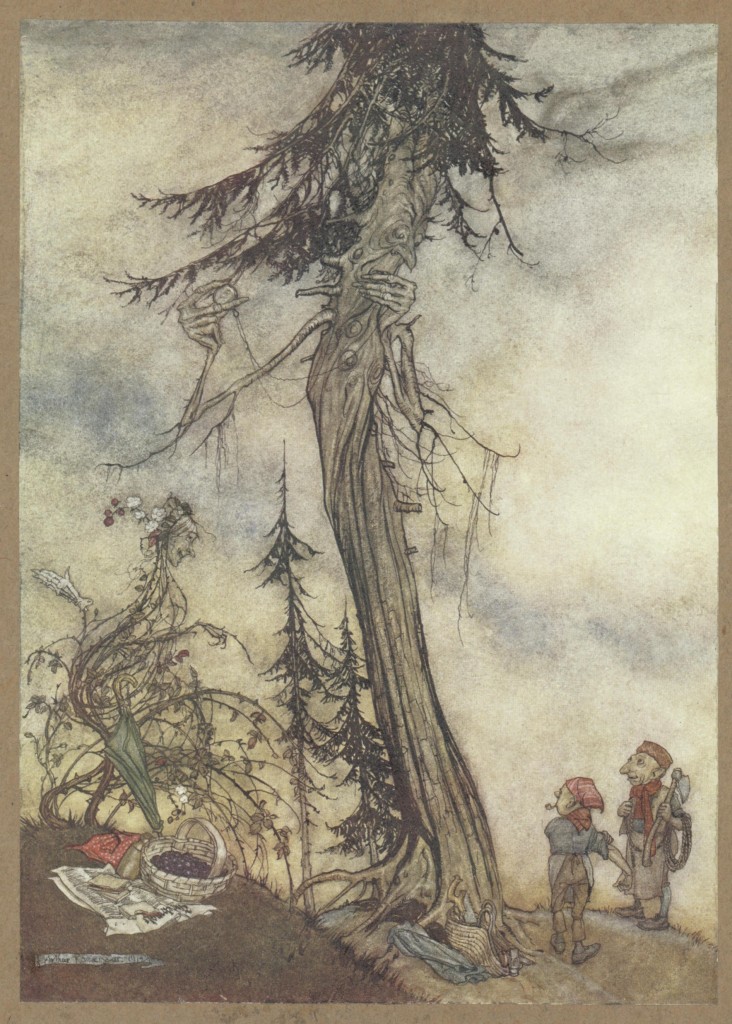 Aesop’s fables, illustrated by Arthur Rackham, 1912
Aesop’s fables, illustrated by Arthur Rackham, 1912
The books discussed here are just the tip of the iceberg when it comes to the children’s book collection at the State Library, which spans from the very beginnings of children’s literature to works for children’s entertainment, such as picture books, poetry and stories.
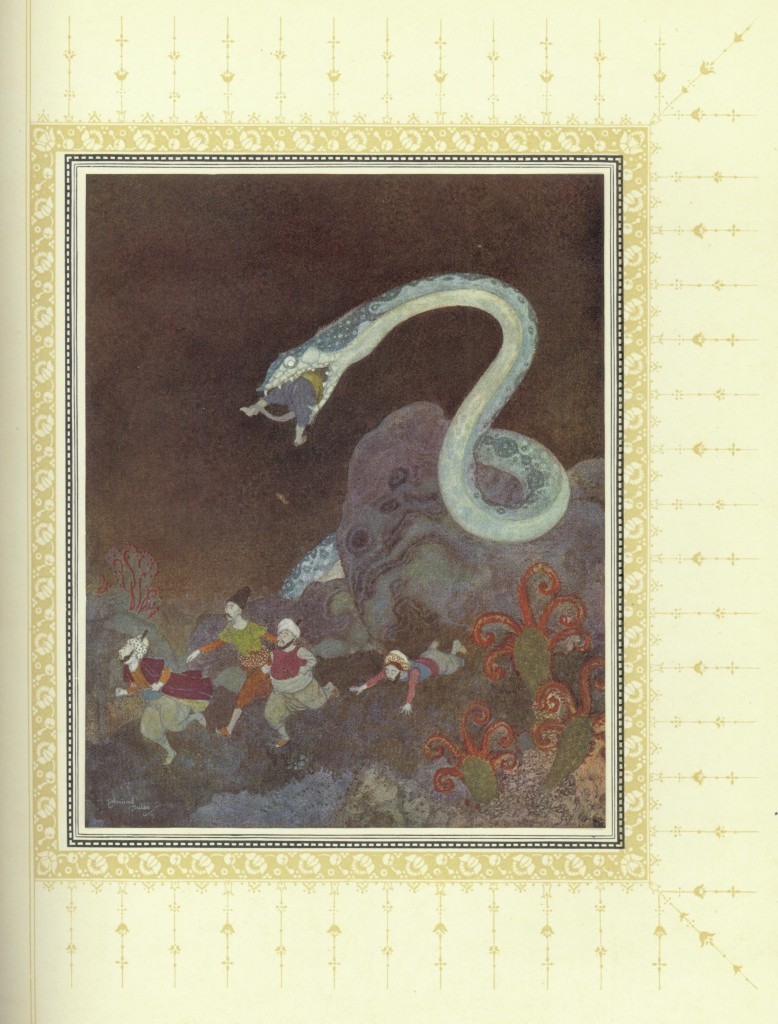 Sindbad the sailor and other stories, illustrated by Edmund Dulac, 1914
Sindbad the sailor and other stories, illustrated by Edmund Dulac, 1914
To explore the collection yourself, come into the Library and look up your own childhood favourites, or uncover something new.
We are constantly building our state collection and are currently appealing for support to purchase a rare first edition of Alice’s adventures in Wonderland, as well as original illustrations of Blinky Bill. With your support, we can preserve the past and share it with future generations. Please give generously.


Lovely blog post. Thank you.
An excellent post-thank-you.
Can’t wait to use it next week with my undergraduate education students.
I loved the Library’s amazing exhibit on the history of children’s picture books. I attended twice last year and I was dazzled. I came across your blog.